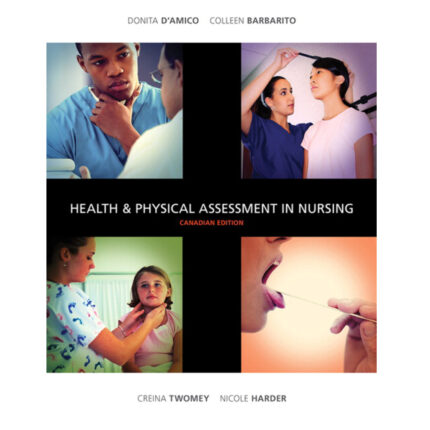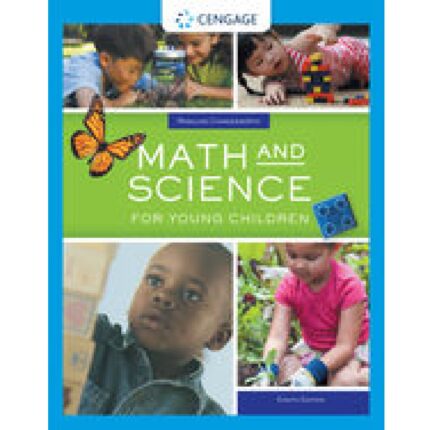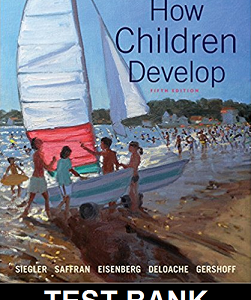Memory Foundations And Applications 2nd Edition By Bennett L. Schwartz – Test Bank
Chapter 11
- Researchers can examine memory early in infancy by
*a) examining if an infant looks more at novel than familiar items.
- b) asking the infant to engage in verbal recall.
- c) observing whether or not the infant appears to be engaging in memory behavior.
- d) training the infant to cry when an unfamiliar stimulus is presented.
- Kisilevksy et al. (2003) showed that fetuses one to two weeks before birth recognized their mother’s voice. This was accomplished by
*a) measuring differences in the infant’s heart rate.
- b) observing differences in motor behavior when the infant is in the presence of his or her mother or when the infant is in the presence of another woman.
- c) training the infant in a conjugate reinforcement task.
- d) retrospectively asking children about such experiences when they are much older.
- Research on nonnutritive sucking shows that
- a) nonnutritive sucking is not a good measure of memory in infants.
*b) infants will suck more in response to novel stimuli.
- c) infants will suck more regardless of whether a stimulus is novel or familiar.
- d) conjugate reinforcement cannot measure implicit memory responses.
- The conjugate reinforcement technique is most useful to test memory in infants age
- a) over 1 year.
- b) under two weeks.
- c) from eight months to 1 year.
*d) from two to six months.
- In the conjugate reinforcement technique, memory is measured when
- a) the infant pulls down the mobile.
- b) the infant starts crying.
- c) the infant kicks of a blanket keeping the infant warm.
*d) the infant kicks when the mobile is reattached to its foot.
- In imitation, an infant must
- a) kick in response to an absent mobile.
- b) demonstrate conservation of mass.
- c) recognize a familiar person.
*d) copy the physical actions of another.
- Babies as young as 1 month habituated to a particular phoneme, that is, their sucking rate decreased after hearing the phoneme over and over. When a new phoneme was played,
*a) their rate of sucking increased.
- b) their rate of sucking decreased then increased.
- c) their rate of sucking remained constant.
- d) their gaze was directed at the correct phoneme.
- Most infants can recognize the sound and meaning of familiar words
*a) before their first birthday.
- b) at birth.
- c) within the first month of life.
- d) not until they are two years of age.
- According to the memory efficiency view, memory improves in young children because
- a) the children are learning to apply knowledge of how memory works.
*b) the processes of memory themselves improve as a child grow.
- c) episodic memory comes on-line in the fourth year of life.
- d) theory of mind drives the improvements in memory.
- According to the memory strategies view, memory improves in young children because
*a) the children are learning to apply knowledge of how memory works.
- b) the processes of memory themselves improve as a child grow.
- c) episodic memory comes on-line in the fourth year of life.
- d) theory of mind drives the improvements in memory.













Reviews
There are no reviews yet.